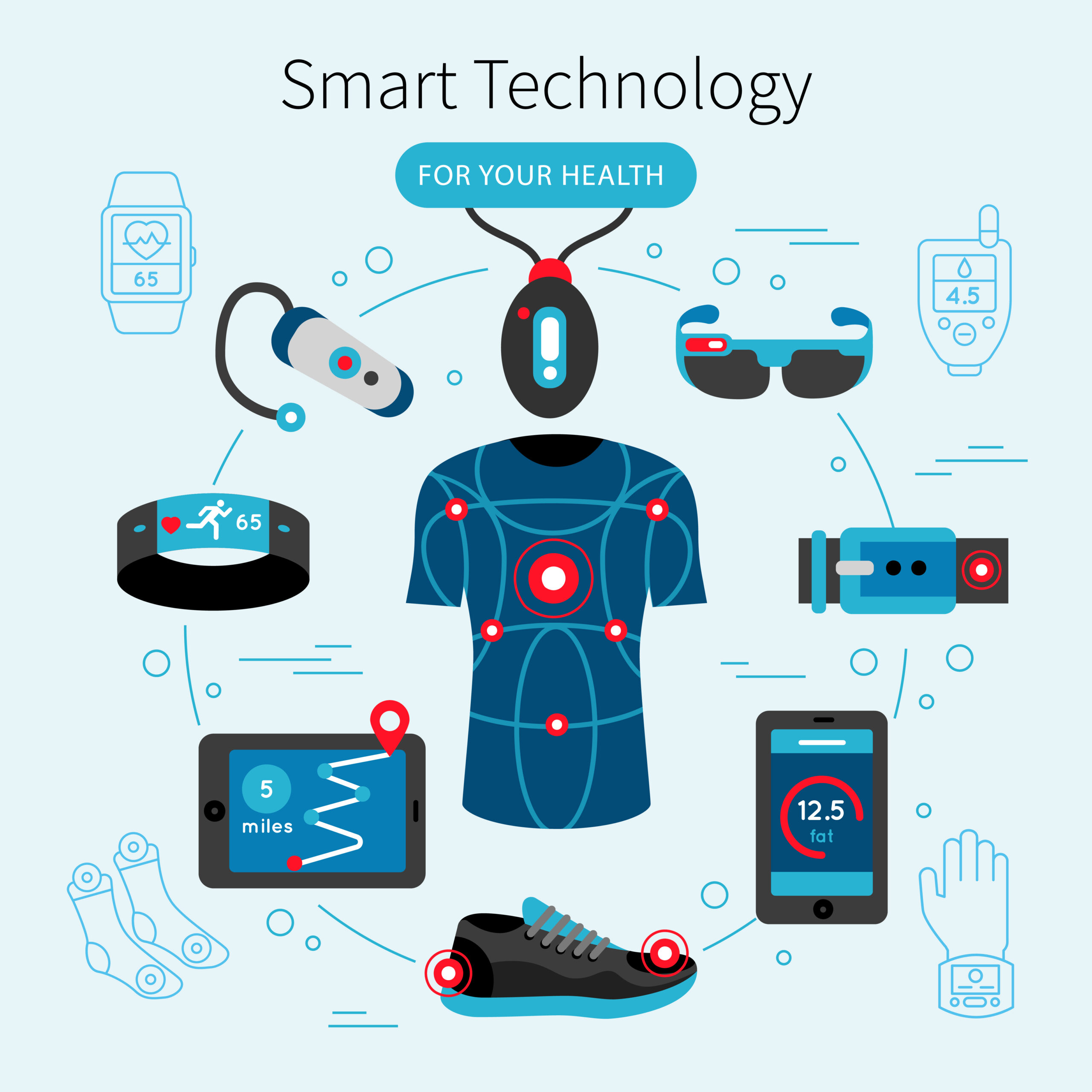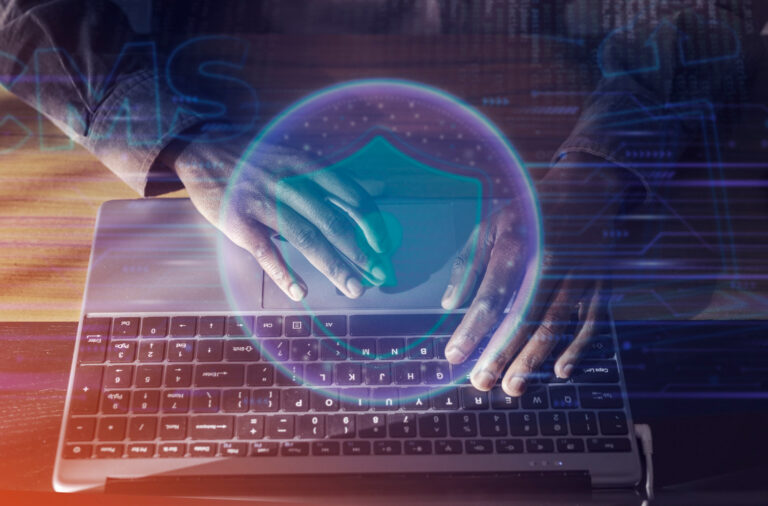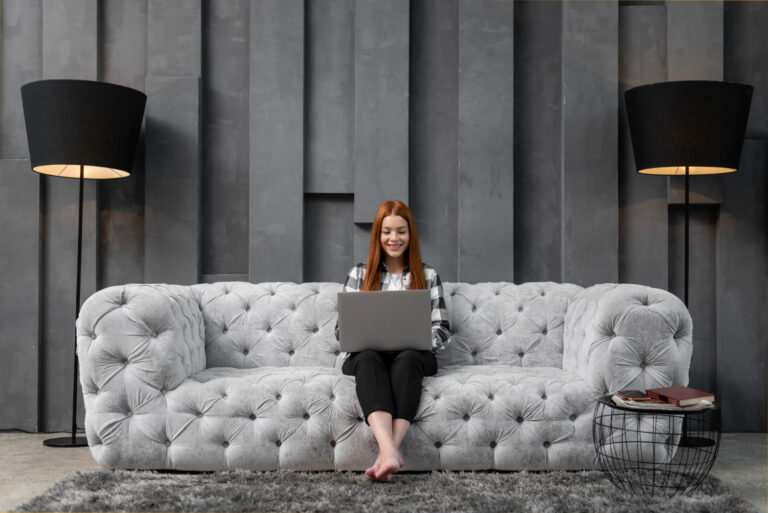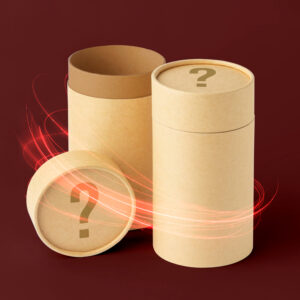In the age of computer technology, innovation not only offer convenience but also to that of responding to the actual human needs. One of the most impactful applications is wearable technology for elderly people, designed to improve quality of life, ensure safety, and provide healthcare support. As the world gets older, these devices are turning beyond simple gadgets into life lines providing independence and the sense of peace of mind in seniors and their families.
Why Wearable Technology Matters for Seniors
The elderly are likely to experience special difficulties like the loss of mobility and memory and increased vulnerability to chronic diseases. The time and resources available to caregiving can be insufficient but wearable products cover the gap. They offer real time health tracking, immediate communications during emergencies and micro-help in everyday activities.
In contrast to ordinary consumer-friendly devices, designers create devices with particular concerns: ease of use, durability and security. This contributes to them being an indispensable component of new eldercare.
Key Benefits
- Fall Detection and Emergency alerts.
Falls are deemed to be one of the leading causes of injury among the elderly. Wearables that have motion sensors will be able to send automatic alerts to their caregivers or emergency services in case of a patient falling down.. Such a fast reaction is potentially life-saving.
- The majority of patients undergoing dialysis require constant health evaluation.
Smartwatch products that are medical grade are capable of tracking vital parameters such as heart rate, blood pressure, oxygen level, and even sleep quality. Regular examinations will imply that the medical procedures are well-timed and physicians will make evidence-based choices.
- Location Tracking and Security.
Among elderly individuals with dementia or Alzheimer, wearables with GPS features can help avert wandering episodes, as they can share the live location and establish geofenced areas of safety. It gives the families the confidence that their family members can be found immediately.
- Drug and Habitual Notices.
Wearables have the capability of providing subtle notifications about medications, hydration or activities. This will decrease missed doses and facilitate the compliance with medical routines.
- Promoting Independence
Having subtle designs and user-friendly interfaces, older adults will be able to stay independent but still in touch with the caregiver. This equilibrium is a confidence and general well-being enhancement.
Popular Types of Wearable Devices for Elderly People
- Smartwatches: Such watches as Apple Watch and Samsung Galaxy Watch are designed as fitness trackers with fall detection and SOS.
- Medical Wearables: Special equipment like Omron HeartGuide is aimed at precise blood pressure and heart rate measurements.
- GPS Trackers: GPS trackers, such as AngelSense, provide real-time monitoring, which is suitable in the case of elderly people with memory problems.
- Smart Clothing and Footwear: The pressure-sensing sock or airbag belts are some of the innovations that can offer proactive safety.
- Panic Buttons: These are simple instruments that are in the form of pendants or wristbands; they enable the seniors to call on help immediately by pressing a single button.
Features to Look for in Elderly-Friendly Wearables
When choosing wearable technology for elderly people, it is important to consider:
- Ease of Use: Clear displays, large icons, and simple navigation.
- Long Battery Life: Devices that require less frequent charging.
- Comfort and Durability: Lightweight, water-resistant, and non-intrusive designs.
- Reliable Connectivity: Strong Bluetooth, Wi-Fi, or cellular support for uninterrupted communication.
- Data Security: Protection of sensitive health and location information.
Real-World Examples of Wearables in Action
Several elderly people are enjoying wearables that have health tracking capabilities and safety measures. As an example, the Fitbit Charge lines can monitor the heart rate and track activities, and the Apple Watch Series 8 can also detect falls and ECG. Further advanced equipment, like the ActiveProtective airbag belt, may be used to protect hips in case of a fall to avoid a fracture. These illustrations indicate the way technology is taking form to provide direct service to the elderly.
Challenges and Considerations
Along with the positives, there are challenges to wearable technology in the elderly population. Devices might also frustrate some seniors or they might not be good at charging. Fall detection systems may also frustrate using false alarms. Also, inaccessibility and cost are an impediment in several areas. These issues should be tackled through careful plans and support of the caregivers in order to achieve the best results.
You may also like to read: tech giants envision future beyond smartphones
The Future of Wearable Technology for Elderly Care
With the growing use of technology, wearables are likely to incorporate the use of artificial intelligence, predictive analytics, and even non-invasive diagnostics. Such devices will be able to monitor the progress of early disease symptoms, monitor mental health status, or be connected with smart home systems to provide a continuous flow of eldercare. At the end of the day, the aim is to have an ecosystem whereby seniors will live in independence, security and with dignity.
FAQs
1. What is wearable technology for elderly people?
It can be defined as electronic gadgets that are placed on the body such as watches, pendants or clothing that will keep track of their health status, detect emergencies, or help with day to day activities which are unique to seniors.
2. How does wearable technology help in elderly safety?
Wearables will offer fall detection, GPS positioning and panic buttons, which will make sure that seniors are immediately assisted in case of an emergency.
3. Can seniors with no tech skills use wearables easily?
Yes, there exist lots of wearables with simplified interfaces, big icons, and one-button operations to meet the needs of old people.
4. Are these devices accurate for medical monitoring?
Consumer wearables will be helpful, but medical-grade wearables are more precise and can be used in conjunction with professional medical advice.
5. What should families consider before buying a wearable for seniors?
Families should evaluate ease of use, comfort, accuracy, affordability, and after-sales support to ensure the device truly benefits the elderly person.












